| I made this delicious meal a little while ago with our home grown lamb. Some of the mush and salad ingredients were home grown too; more could have been if it was a little later in the season. I was once again instructed and inspired by Italian chef Cesare Stella! |
Lamb Shanks with Salmi Sauce
2) Brown lamb shanks: Place lamb shanks in an oven tray, sprinkle with salt and lightly coat with olive oil. Brown them in oven at a high temperature on all sides. Turn oven to medium.
3) Add to the lamb shanks: a sprig of rosemary, and chopped carrots, garlic, celery and onions. Drizzle with a little more oil if needed, and toss with the shanks. Return to the oven for 10 mins, turning frequently to prevent burning.
4) Add liquids: Remove tray from the oven, add a splash of white white and a ladle each of vege and chicken stock. Cover and braise for at least 2 hours, check and turn the shanks every 30 mins, ensuring they do not dry out.
5) Make Salmi Sauce: when the shanks are done (meat is falling off the bones), place the shanks on plates. Scoop out the vegetable with a slotted spoon, then put the remaining liquid into a pot. Mix in 2-3 TBSP of the prepared salmi paste, and bring to the boil. It should thicken up, but if needed add a little cornflour paste (this does tend to cause the mixture to separate rather than remain smooth though - still tastes great).
6) Drizzle the sauce over the shanks, and serve with mushed roast veges and a fresh salad.
Roast Vege Mush
| I prepared the roast veges ahead and set aside. When they were cool I pureed them, and when the lamb shanks were almost ready, I created the final dish. In a large roasting tray, toss a selection of prepared veges in a little olive oil. I used potatoes, pumpkin, kumera, onions - the more variety the better. Roast at 180C until tender. Place veges in a food processor, and process until smooth. Shortly before serving, saute in a pot some chopped garlic, chopped parsley and ginger. Add the vege puree, a bit of olive oil, and a bit of rice milk if too dry. Bring to a simmer and taste for seasoning. |
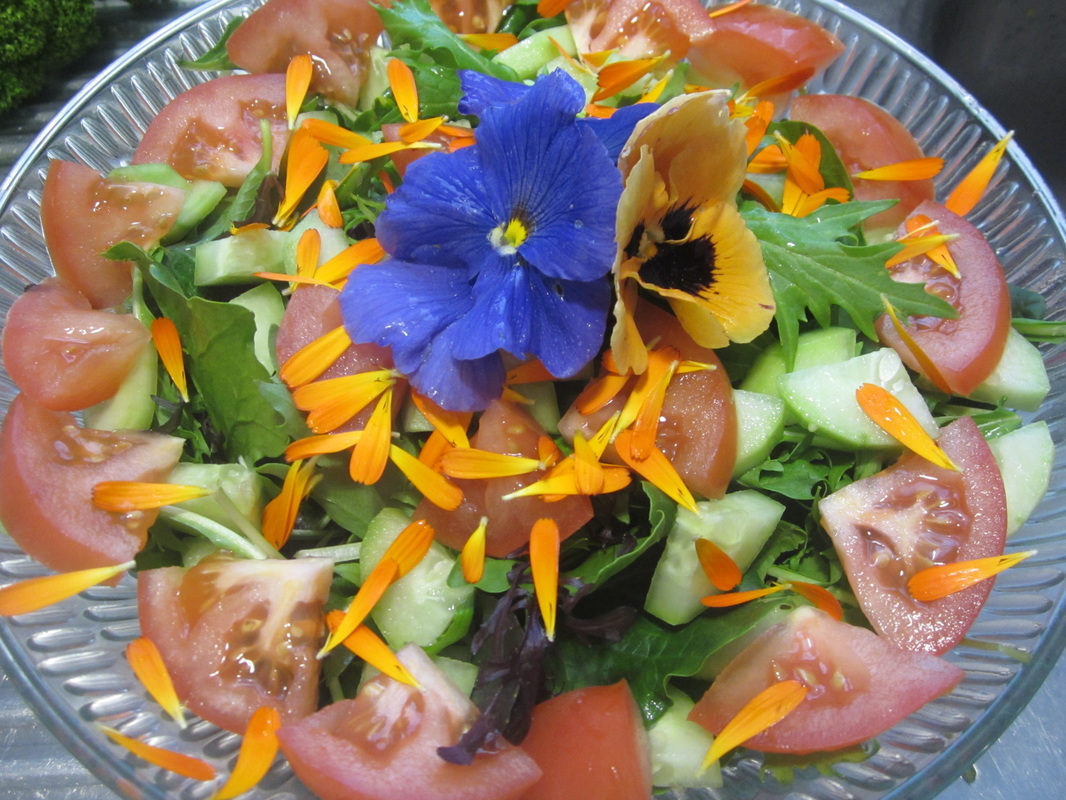
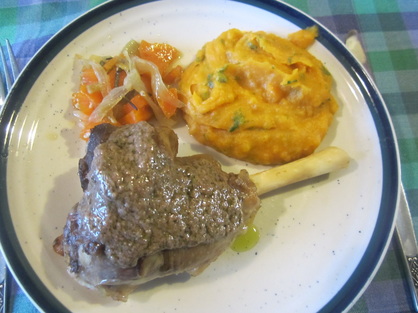
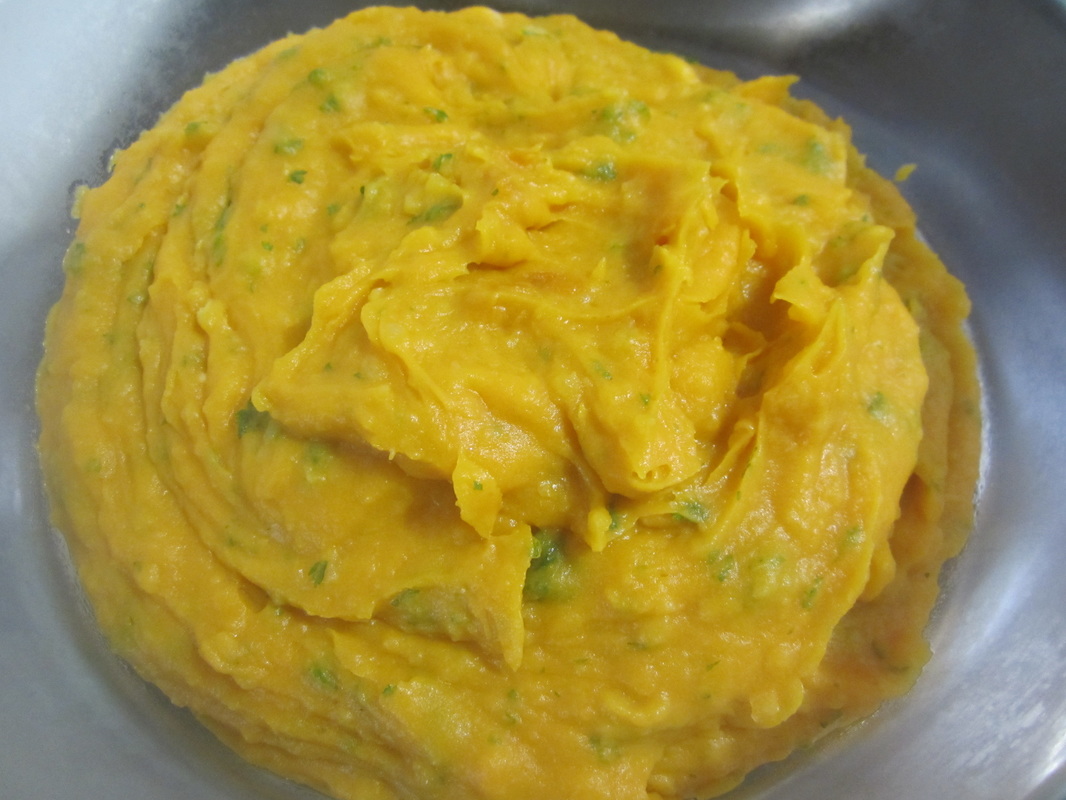
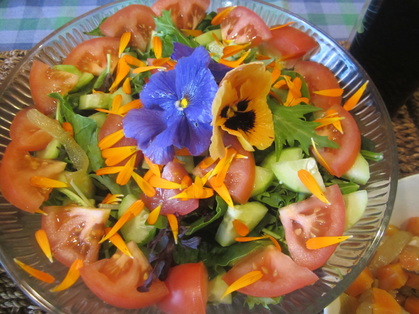
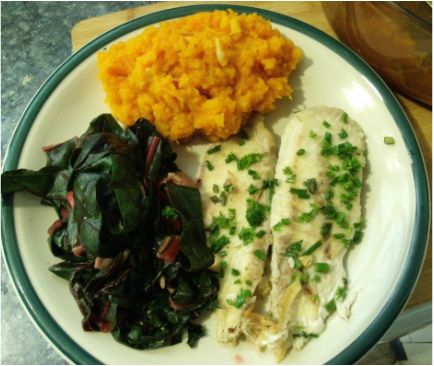
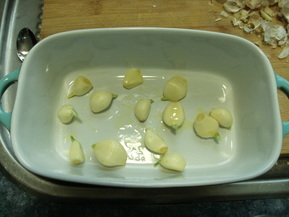

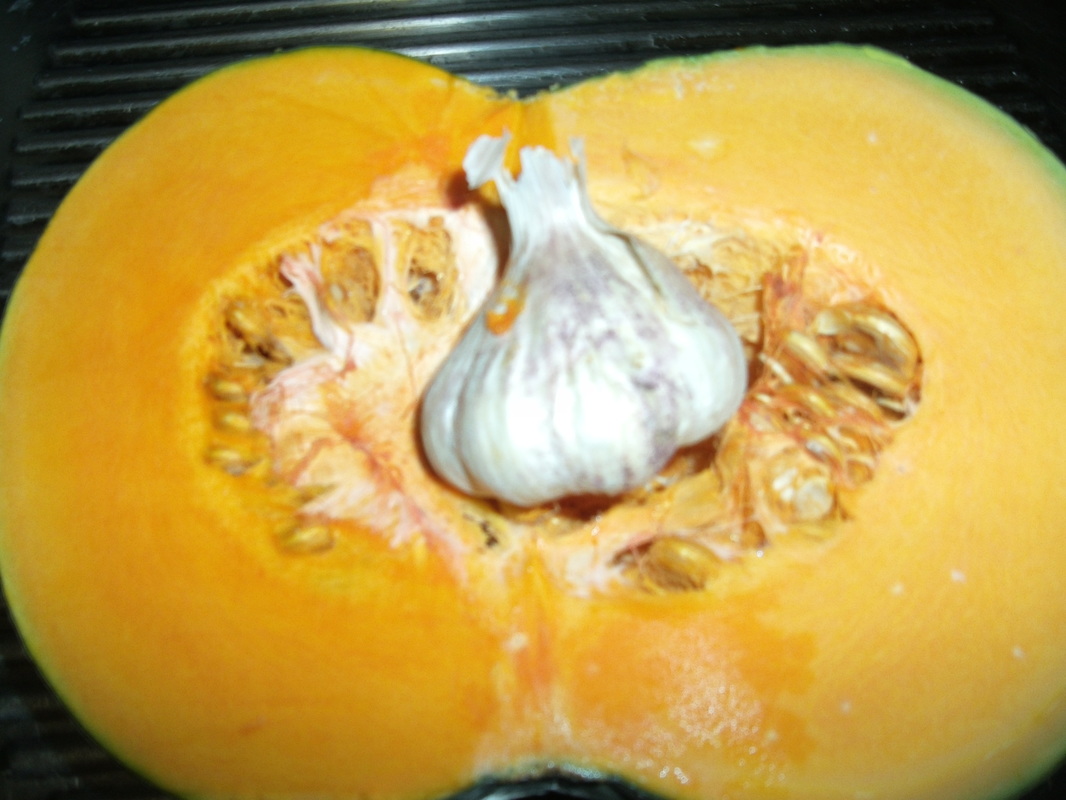
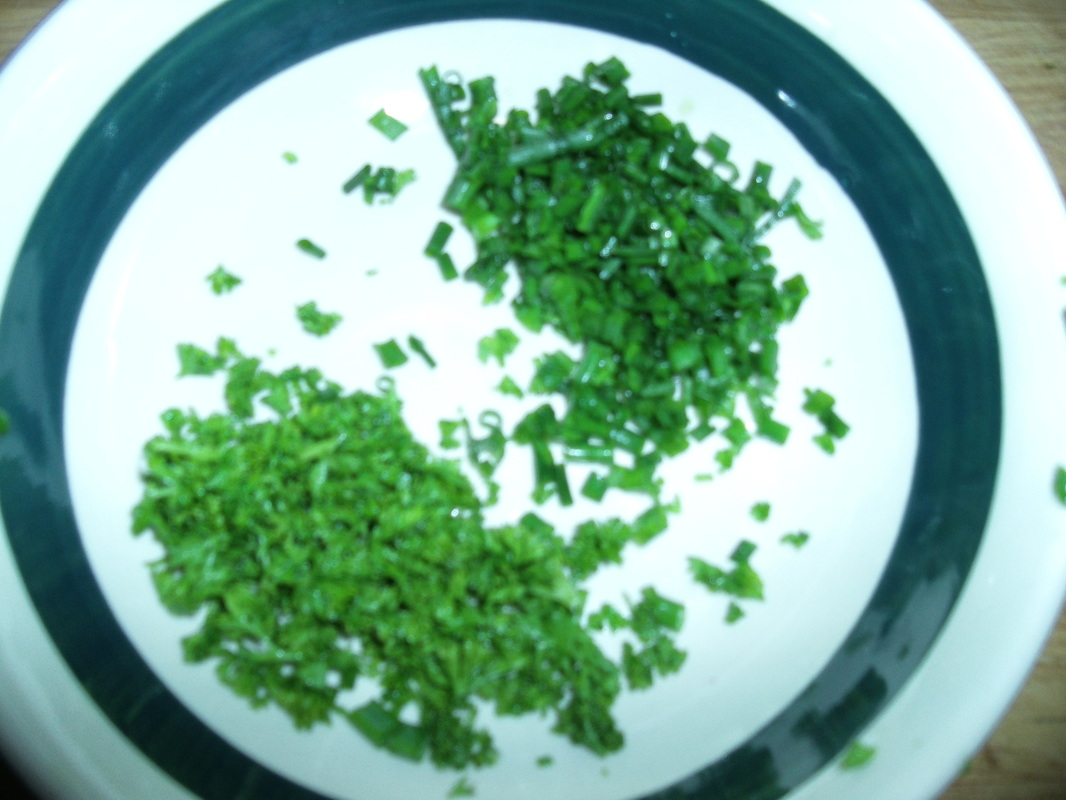
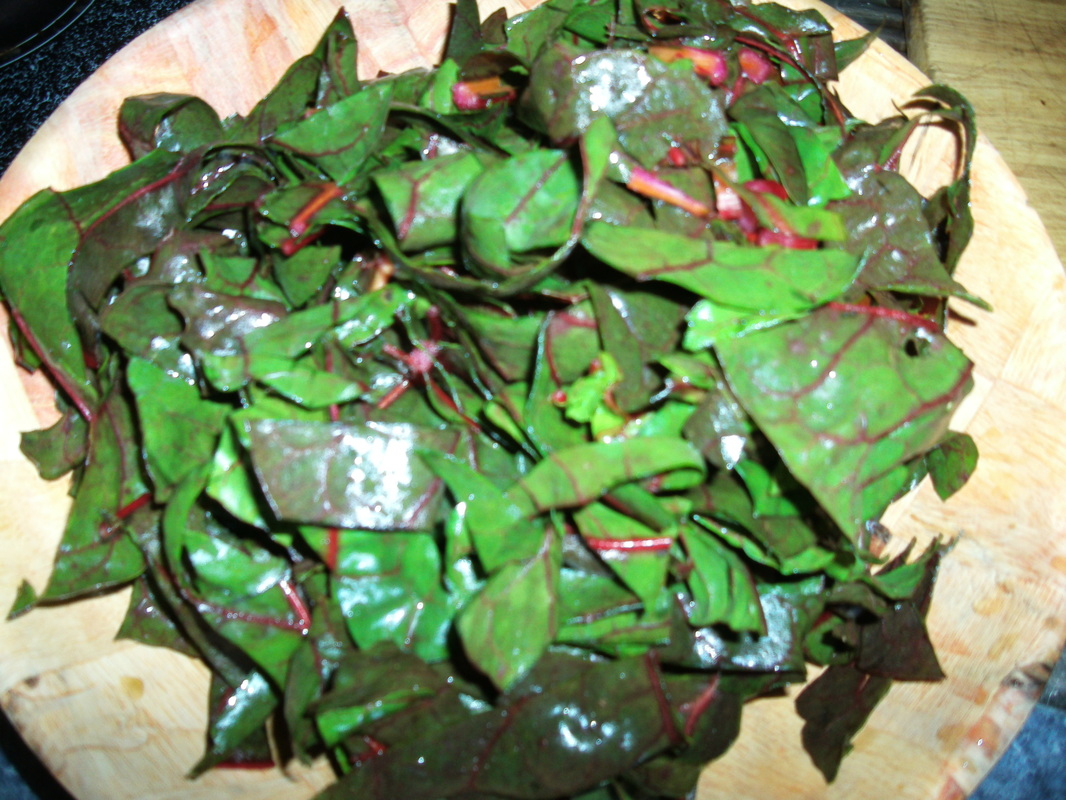
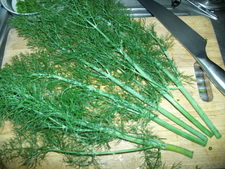
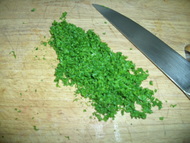
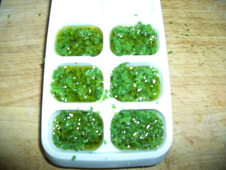
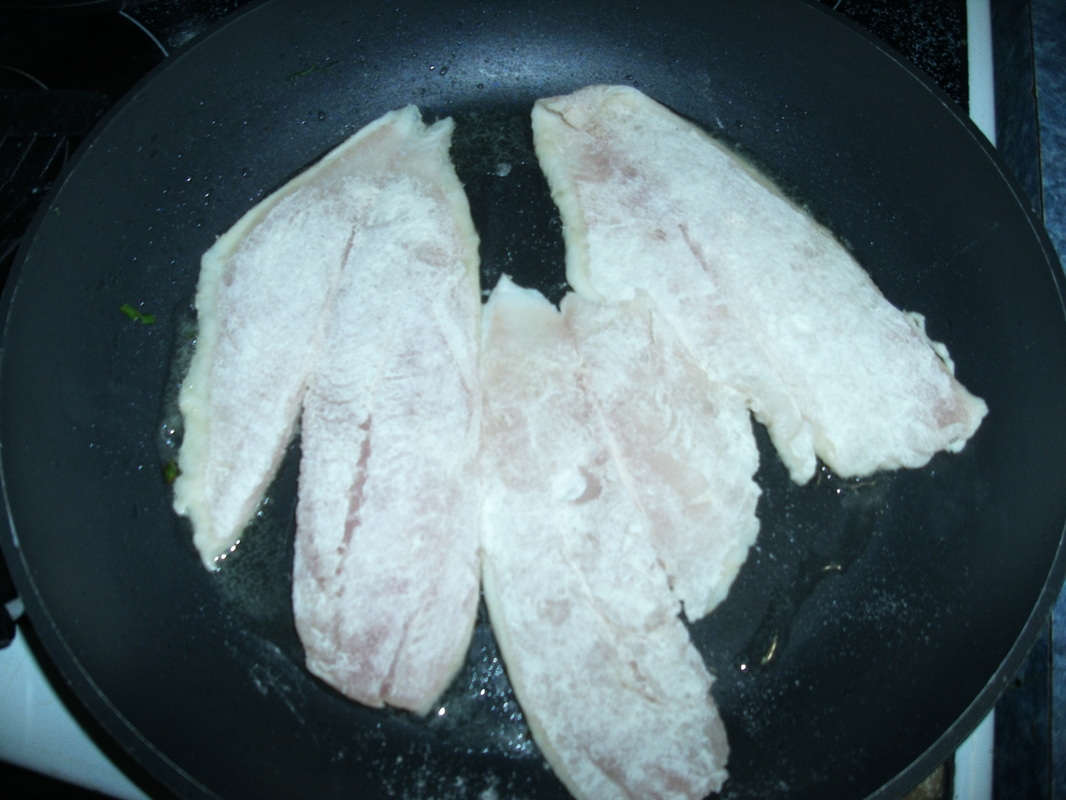

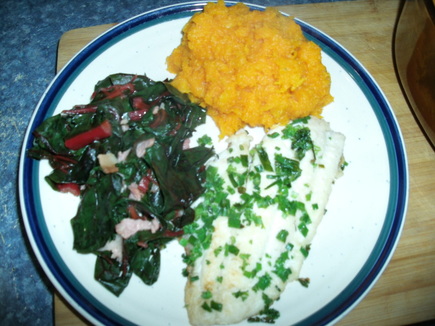
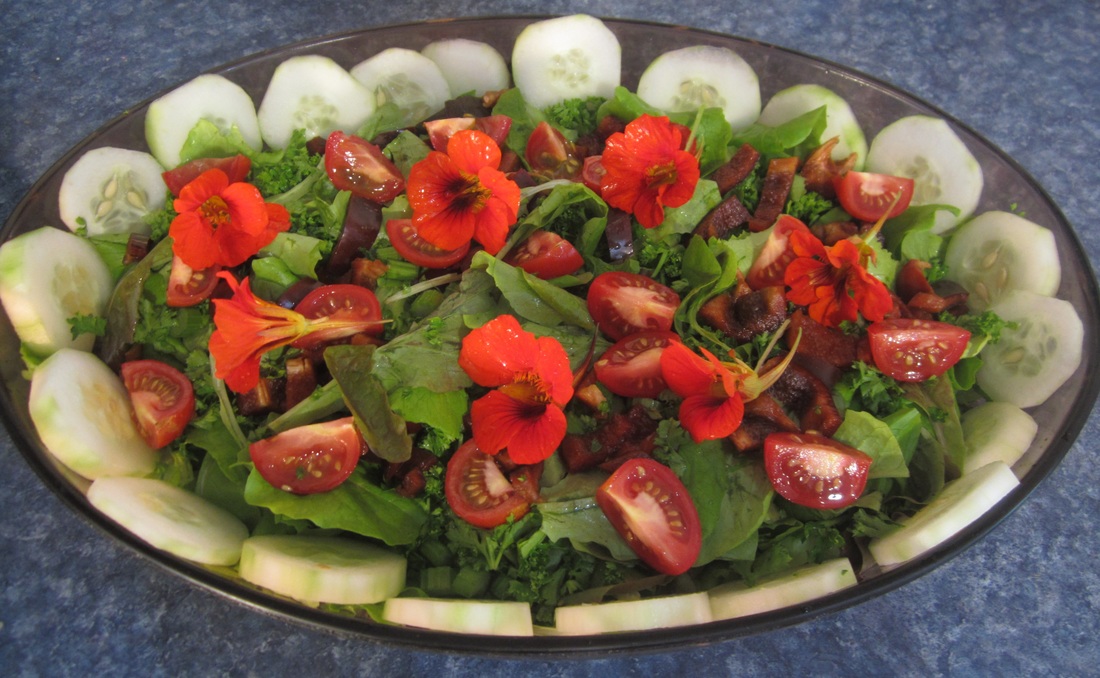
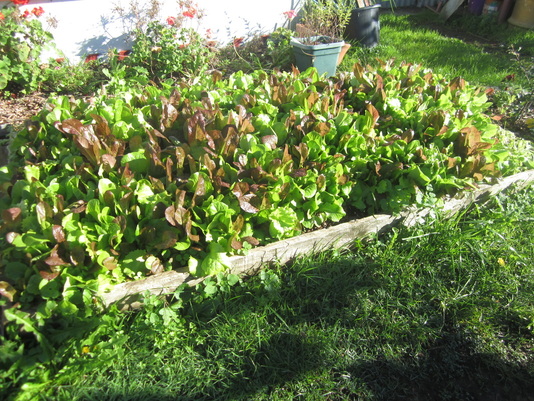
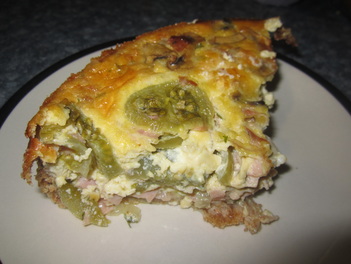

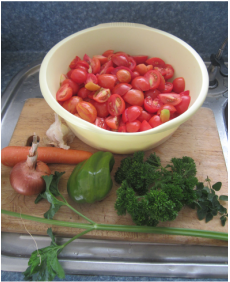
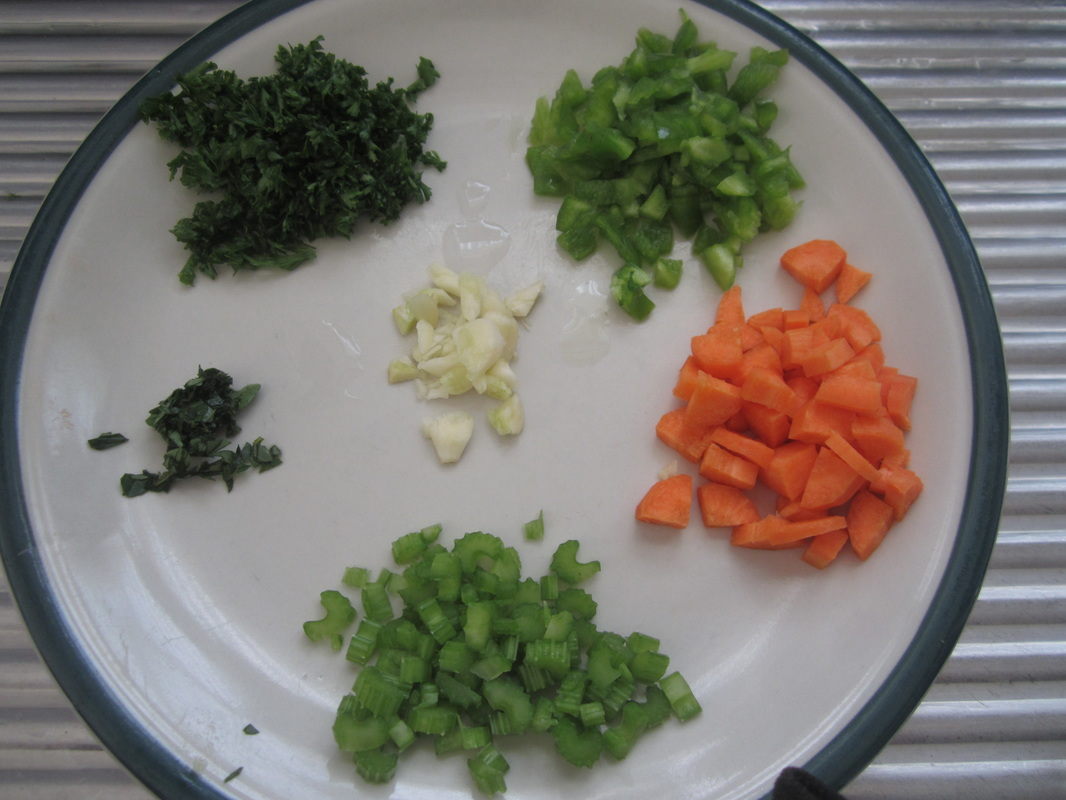
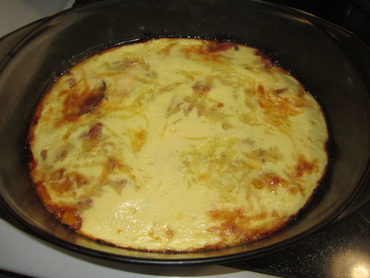
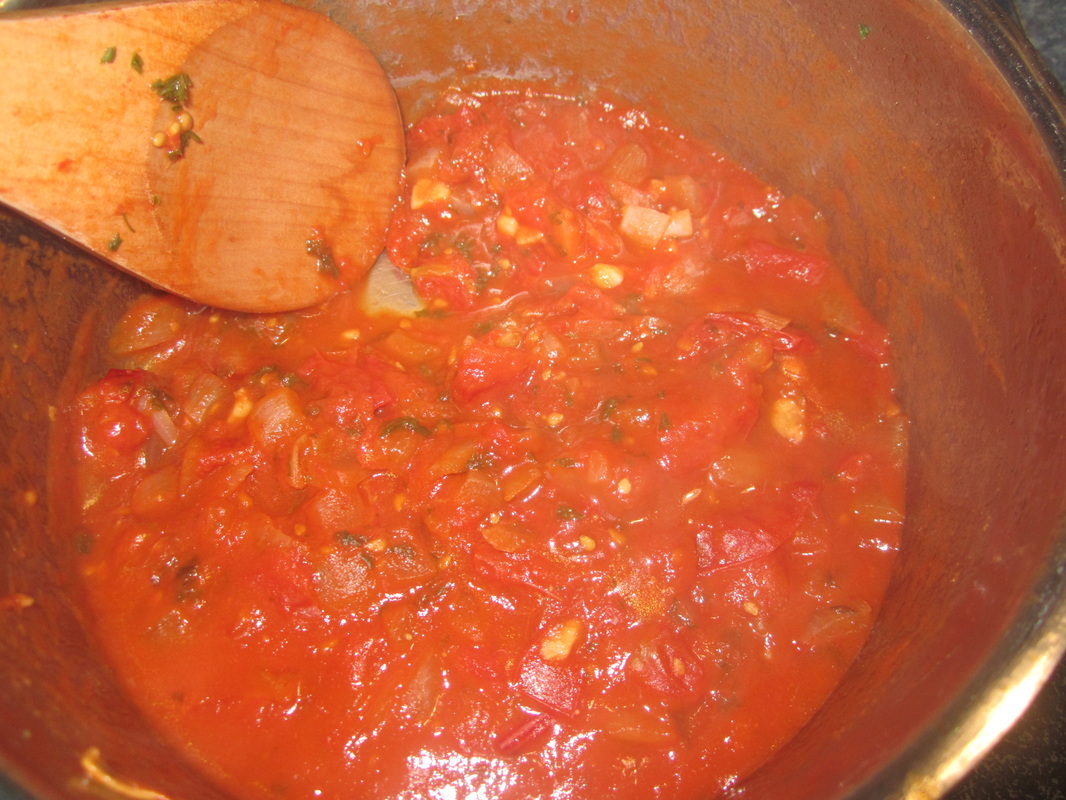
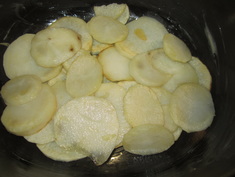
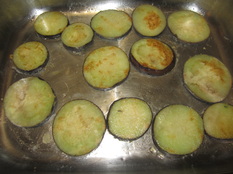
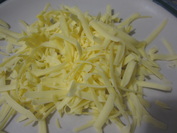
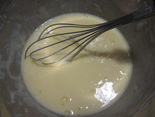
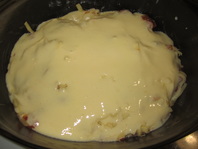
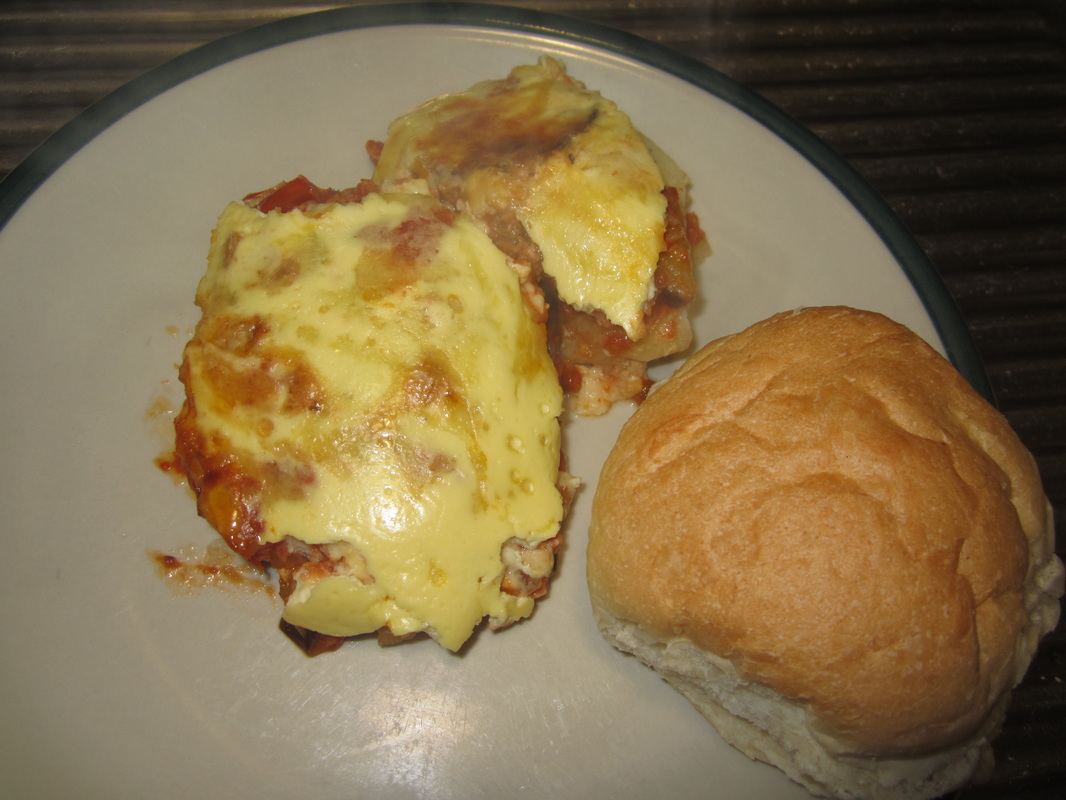
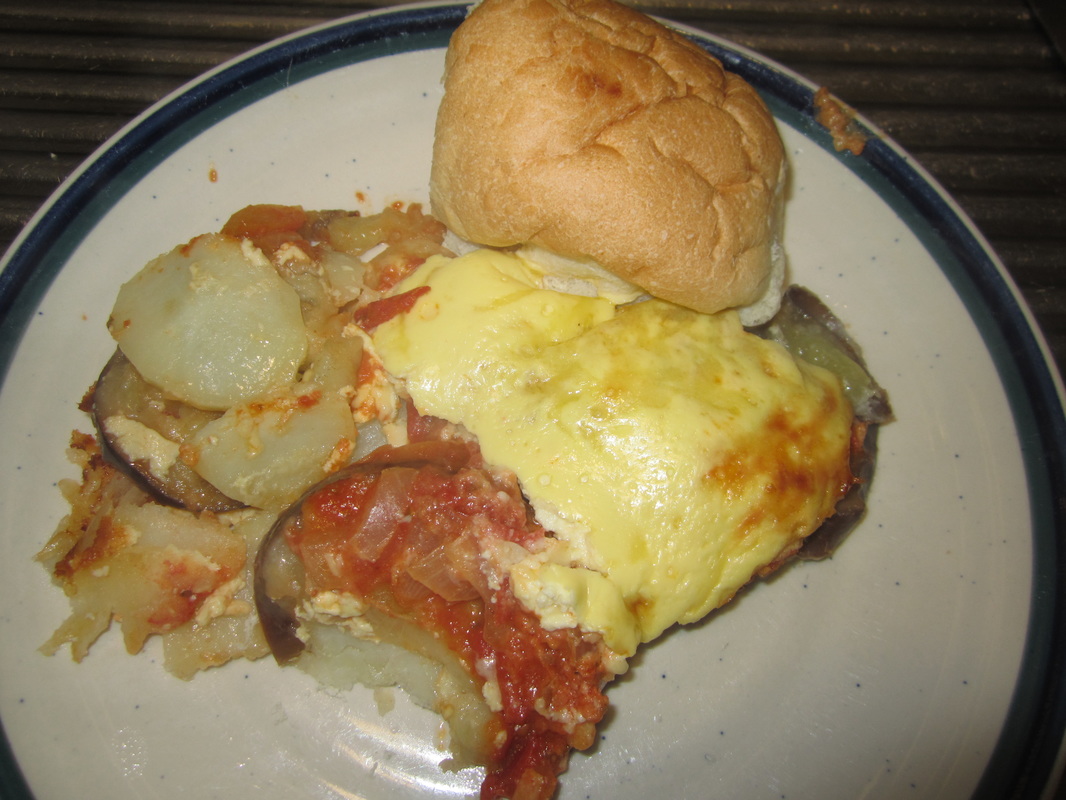
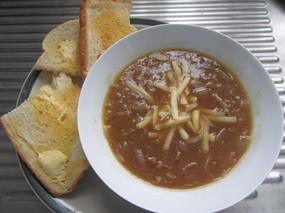
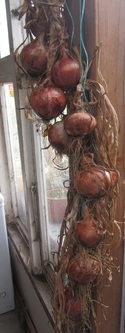
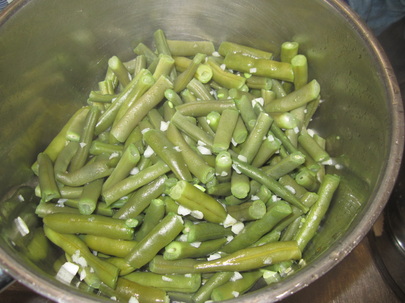
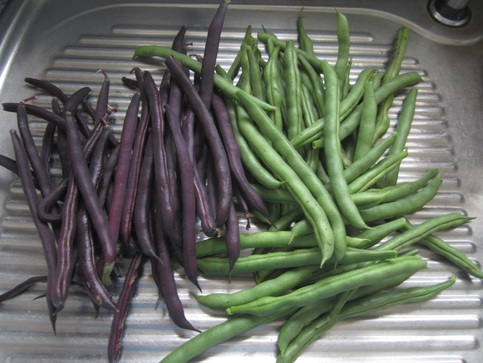
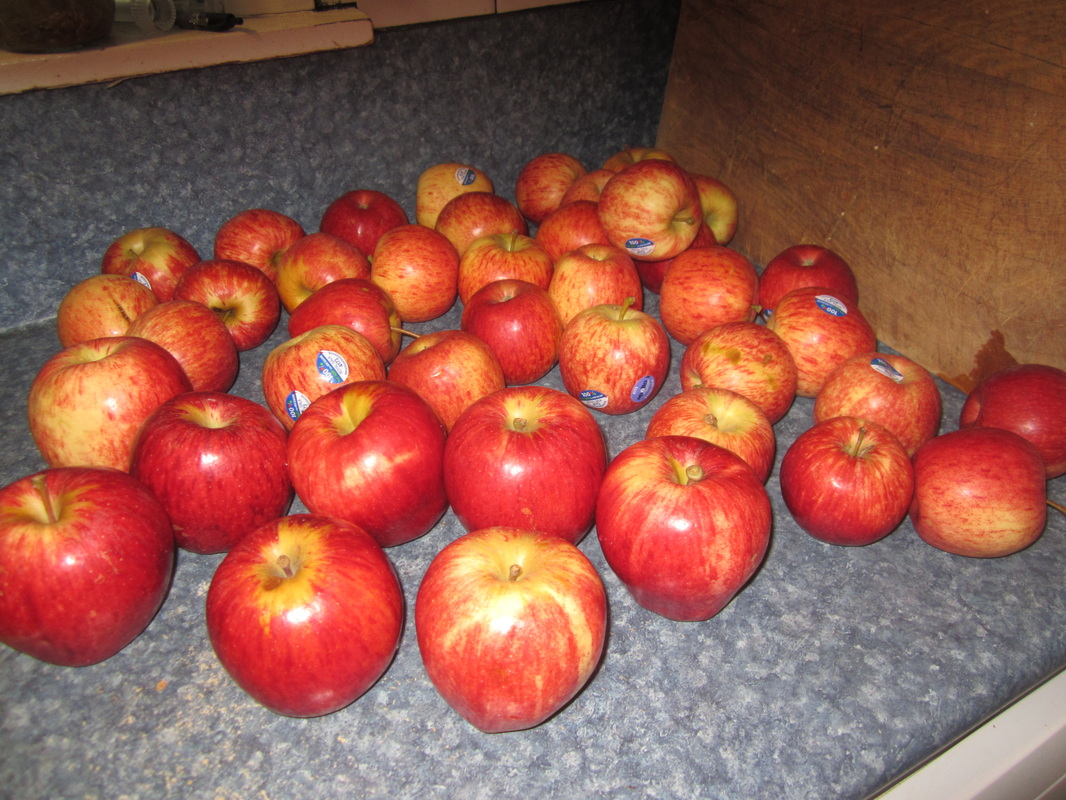
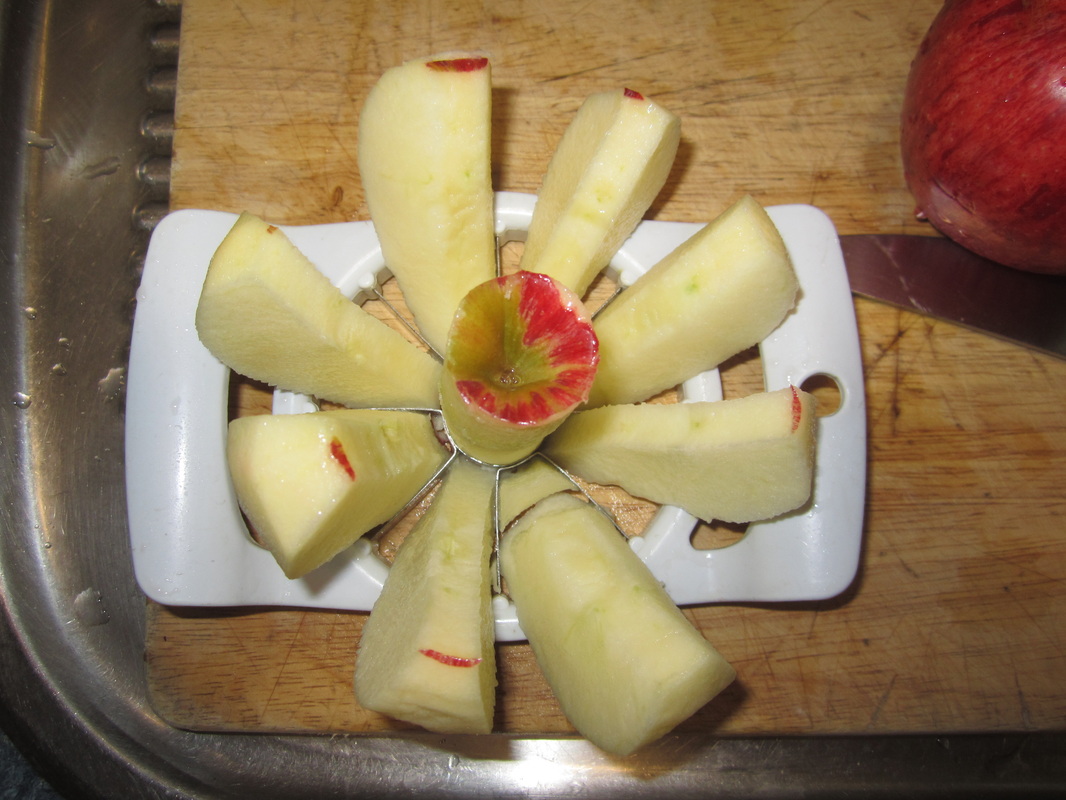
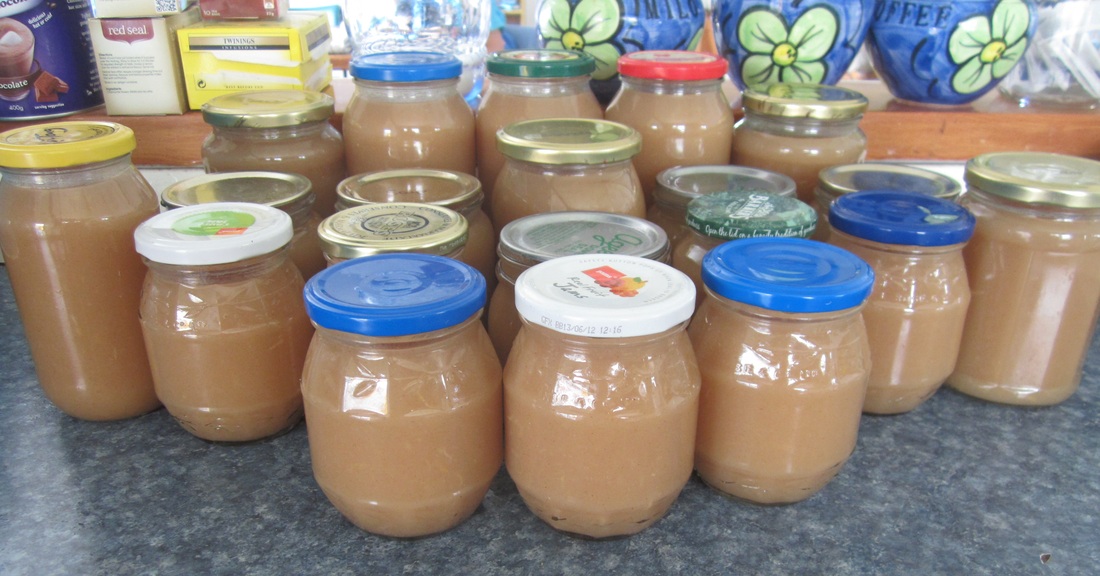
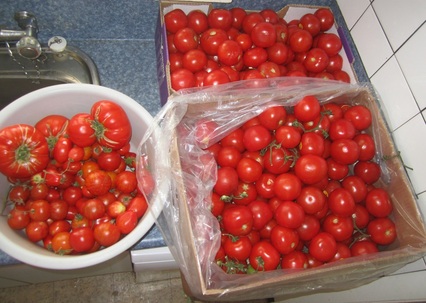
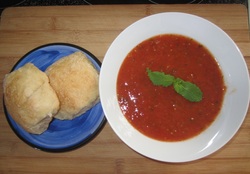
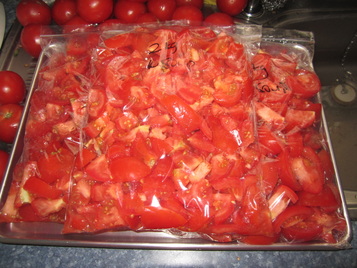
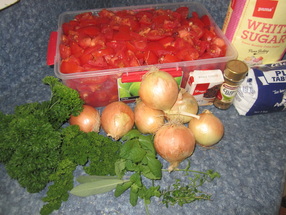
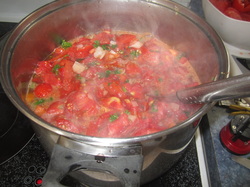
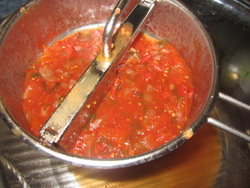
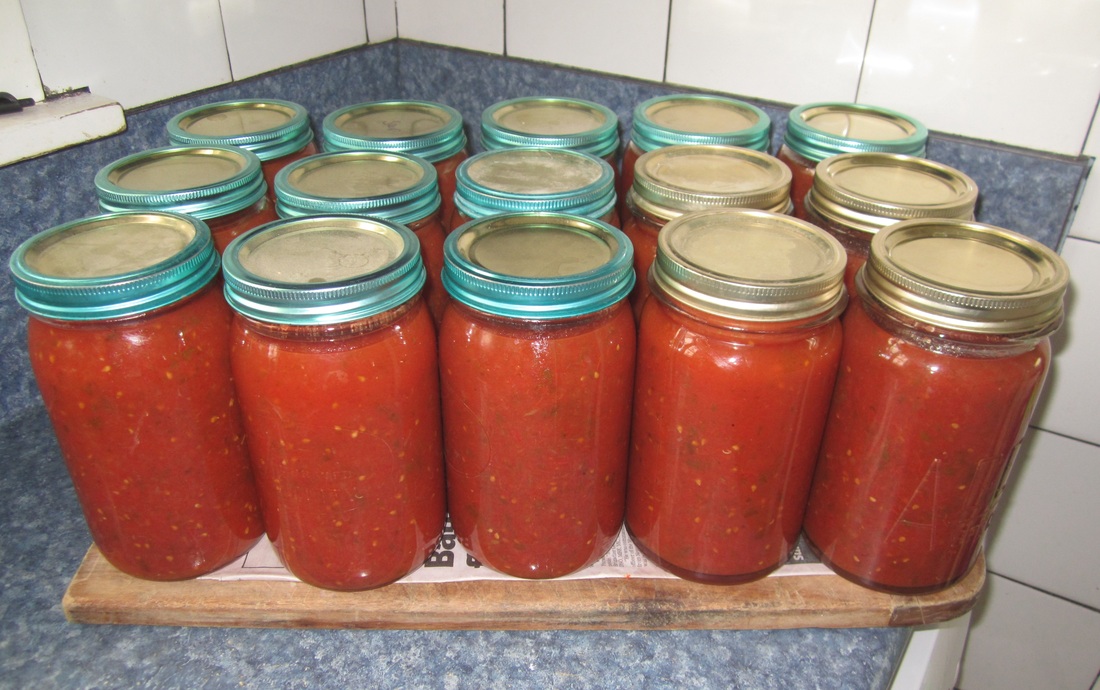
 RSS Feed
RSS Feed
